By Film Noir Blonde and Mike Wilmington
The Film Noir File is FNB’s guide to classic film noir, neo-noir and pre-noir on Turner Classic Movies (TCM). All movies below are from the schedule of TCM, which broadcasts them uncut and uninterrupted. The times are Eastern Standard and (Pacific Standard).
Pick of the Week
“Badlands” (1973, Terrence Malick). Friday, Nov. 7. 12:30 a.m. (9:30 p.m.).
The late 1960s and early 1970s, in America, were marked by violence and loneliness, war and craziness, and wild beauty. We see a portrait of a lot of that trauma, in microcosm, in Terrence Malick’s shattering 1973 classic, “Badlands.” Set in the American West of the 1950s, it’s the story of two young people on the run: Kit, who works on a trash truck and tries to model himself after James Dean, and Holly, a high-school baton twirler with a strange blank stare, who thinks Kit is the handsomest boy she’s ever seen.
These two moonchildren run off together after Kit fails to reconcile Holly’s mean, smiley-sign-painter father (Warren Oates) to their relationship. Then, plumb out of arguments, Kit shoots him dead and burns his house down. It’s probably Kit’s first murder; he’s such a weirdly polite guy that it’s hard to envision it otherwise. But soon he develops a taste for slaughter. And he and Holly embark on a savage cross-country trek by stolen cars, one that includes the massacre of many people, including Kit’s best (only) friend Cato (Ramon Bieri).
Kit appears to be killing not out of need or fear, but out of some perverse pleasure he gets from pulling the trigger and making a soul disappear from a body. “He was the most trigger-happy person I’d ever seen,” says Holly, in her flat, unemotional voice. Kit and Holly are played by Martin Sheen and Sissy Spacek, the first lead roles for either of them.
Read the full review here.
Thursday, Nov. 6
8:15 a.m. (5:15 a.m.): “Brute Force” (1947, Jules Dassin). With Burt Lancaster, Hume Cronyn, Yvonne De Carlo, Charles Bickford and Ann Blyth. Reviewed in FNB on Aug. 15, 2013.
10:15 p.m. (7:15 p.m.): “Bullitt” (1968, Peter Yates). With Steve McQueen, Jacqueline Bisset, Robert Vaughn and Robert Duvall. Reviewed in FNB on Oct. 27, 2012.
12:15 a.m. (9:15 p.m.): “The Third Man” (1949, Carol Reed). With Joseph Cotten, Orson Welles, Alida Valli and Trevor Howard. Reviewed in FNB on Oct. 12, 2013.
Friday, Nov. 7
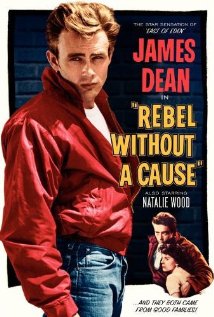 8 a.m. (5 a.m.): “Rebel Without a Cause” (1955, Nicholas Ray). With James Dean, Natalie Wood, Sal Mineo and Dennis Hopper.
8 a.m. (5 a.m.): “Rebel Without a Cause” (1955, Nicholas Ray). With James Dean, Natalie Wood, Sal Mineo and Dennis Hopper.
8 p.m. (5 p.m.): “Detour” (1945, Edgar G. Ulmer). With Tom Neal and Ann Savage. Reviewed in FNB on Sept. 27, 2011.
9:15 p.m. (6:15 p.m.): “The Hitch-Hiker” (1953, Ida Lupino). With Edmond O’Brien, Frank Lovejoy and William Talman.
10:45 p.m. (7:45 p.m.): “Gun Crazy” (1950, Joseph H. Lewis). With Peggy Cummins, John Dall, Morris Carnovsky and Russ Tamblyn.
Saturday, Nov. 8
6 a.m. (3 a.m.): “His Kind of Woman” (1951, John Farrow). With Robert Mitchum, Jane Russell, Vincent Price and Raymond Burr. Reviewed in FNB on Dec. 18, 2012.
6 p.m. (3 p.m.): “Saboteur” (1942, Alfred Hitchcock). With Robert Cummings, Priscilla Lane, Otto Kruger and Norman Lloyd. Reviewed in FNB on Oct. 18, 2014.
10:45 p.m. (7:45 p.m.): “The Big Knife” (1955, Robert Aldrich). With Jack Palance, Ida Lupino, Rod Steiger and Shelley Winters. [Read more…]
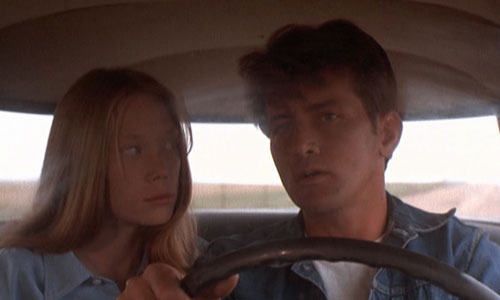
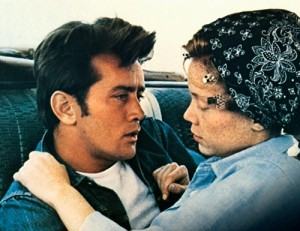
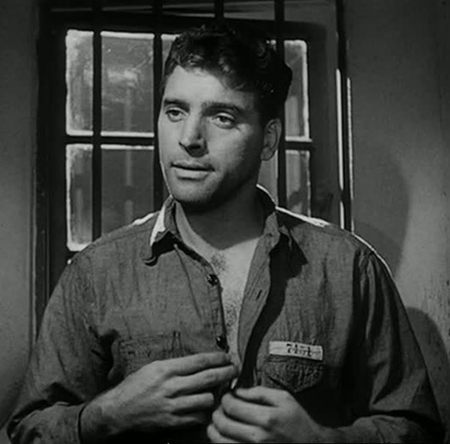





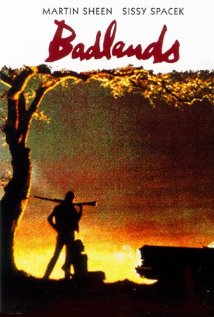

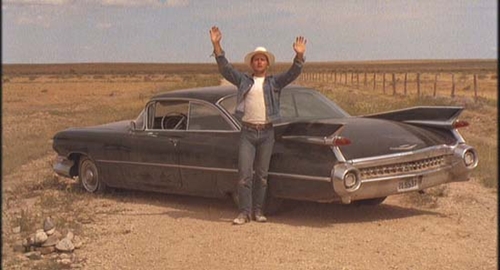
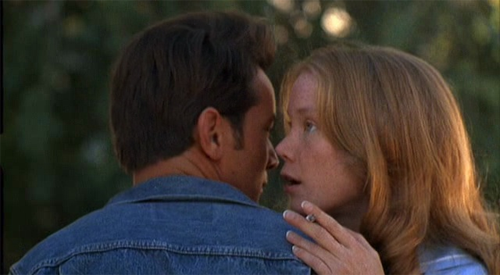





From FNB readers